The Seven Wonders of the Modern World (or New Seven Wonders of the World) represent the most important monuments of modernity according to their history and architecture.
Chosen through open research and released on July 7, 2007, they were presented at a ceremony at Estádio da Luz, in Lisbon, Portugal. One of the seven wonders of the modern world is in Brazil:Christ the Redeemer, in Rio de Janeiro.
Rome Colosseum (Italy)
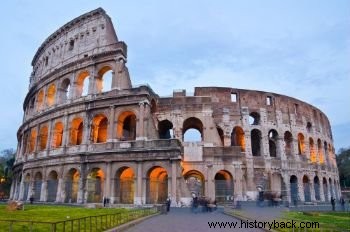
Located in the Italian capital, Rome, the Colosseum (or Flavian Amphitheater) is the largest amphitheater in the world at 45 meters high and which housed about 50,000 people.
This cylindrical architectural monument was built in antiquity (around 70 AD) and is one of the most emblematic symbols of the Roman Empire.
The place was used for great shows with wild animals and in the fights between gladiators. Currently, it is one of the most visited places in Italy, being possible to find part of its structure.
Chichén Itzá (Mexico)
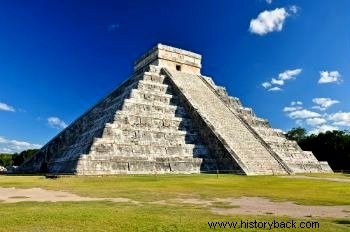
Located on the Yucatan Peninsula, the archaeological city (or Temple City) was the capital of the Mayan civilization, founded approximately 450 BC. An important political and economic center for the Mayans, it was declared a UNESCO World Heritage Site in 1988.
Chichén Itzá is formed by the pyramid of Kukulkan (El Castillo), the Temple of Chac Mool, the Square of a Thousand Columns and the Playground of Prisoners. It is currently one of the most visited places in Mexico.
Machu Picchu (Peru)
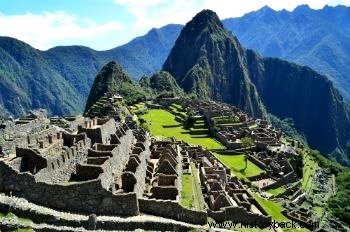
Built in the 15th century, Machu Picchu is located at an altitude of 2400 meters, on the summit of one of the mountains of the Andes, near Cusco, Peru.
Considered a world heritage site by Unesco, Machu Picchu represents the place where part of the Inca civilization flourished and for this reason, it is also called the “lost city of the Incas”.
It was built mostly in stone and is well preserved until the present day, since the Spaniards, when they conquered part of South America, did not find the place, which was rediscovered by an American professor (Hiram Bingham) in 1911. It is currently one of the most visited places in Peru.
Christ the Redeemer (Brazil)
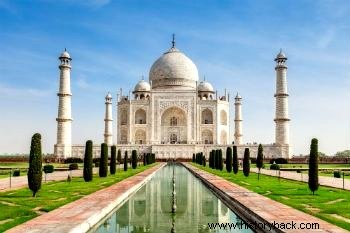
Located on Morro do Corcovado, in the Tijuca National Park, in Rio de Janeiro, the monument of Jesus Christ is one of the most important icons in the country, being a postcard of the wonderful city.
Constructed of concrete and soapstone, Christ the Redeemer is located 709 meters above sea level. It was inaugurated on October 12, 1931 (Day of Our Lady of Aparecida) and is 38 meters high and 28 meters wide.
Located in the Tijuca National Park, the Christ with open arms represents a great symbol of Christianity, being one of the most visited places in the country.
The Great Wall of China (China)
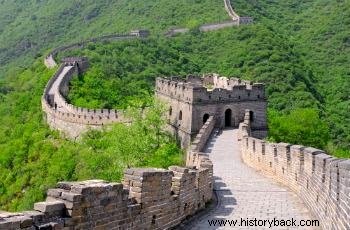
Great construction in stone, granite and brick, the Great Wall of China (or Great Wall) was built between the 3rd centuries BC. and XVII AD, and is about 20 thousand kilometers and 7 meters high.
It was built at the behest of the Chinese Emperor Qin Shihuang and its main function was military protection. It was built during several dynasties of Imperial China. It is currently one of the biggest tourist attractions in China.
The Ruins of Petra (Jordan)
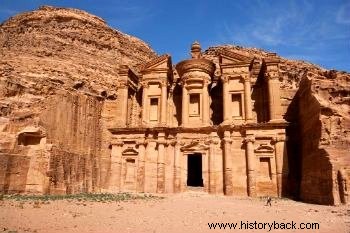
Situated in Jordan, in the Middle East, the ruins of Petra represent a historic and archaeological city that was built around 300 BC, being carved into the Nubian sandstone cliffs.
The ruins of Petra have been included in the UNESCO World Heritage category since 1985. The site represents what remains of the occupation of various civilizations (Edomites, Nabateans, Arabs, Romans, Byzantines) that flourished during antiquity. It was partially destroyed by earthquakes that occurred in the region around 550 AD.
Taj Mahal (India)

The Taj Mahal is one of the most famous constructions in India, a UNESCO world heritage site. Located in Agra, the sumptuous mausoleum was built in white marble in the mid-17th century at the behest of Emperor Shan Jahan, in honor of the death of his wife Aryumand Banu Begam who died giving birth to their 14th child.
It is considered one of the greatest proofs of love in the world and attracts millions of visitors every year. It is estimated that it was erected with the force of 22,000 men. In addition to marble, the Taj Mahal is made up of several precious stones.
Now that you know the seven wonders of the modern world, see also The Seven Wonders of the Ancient World.
